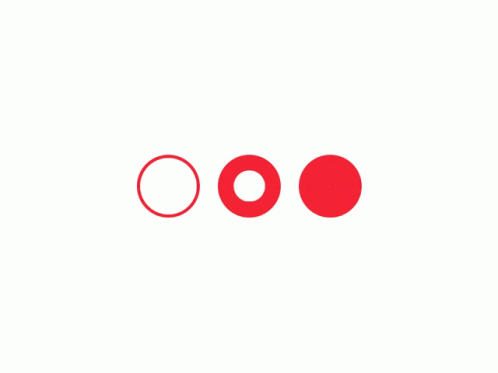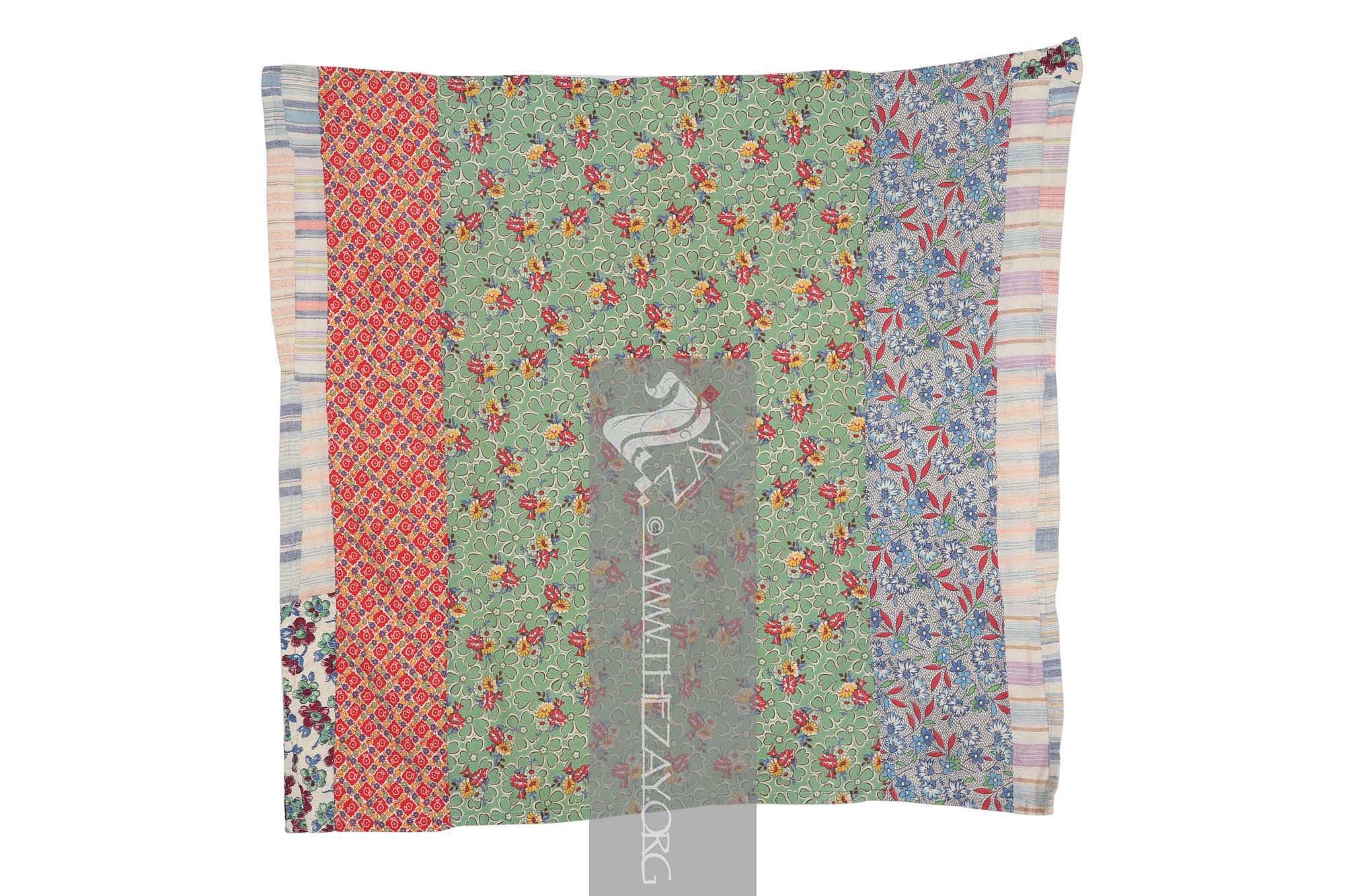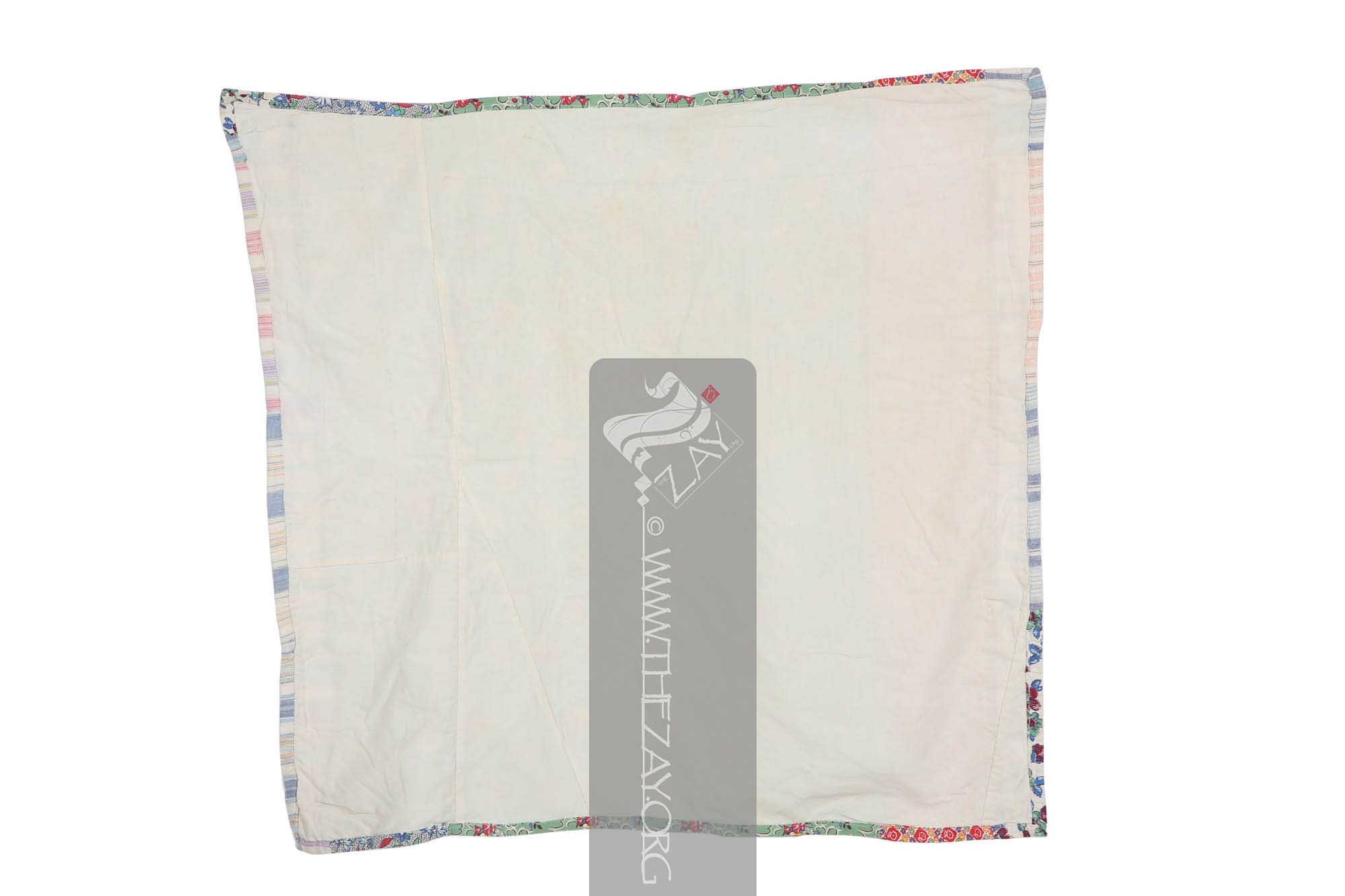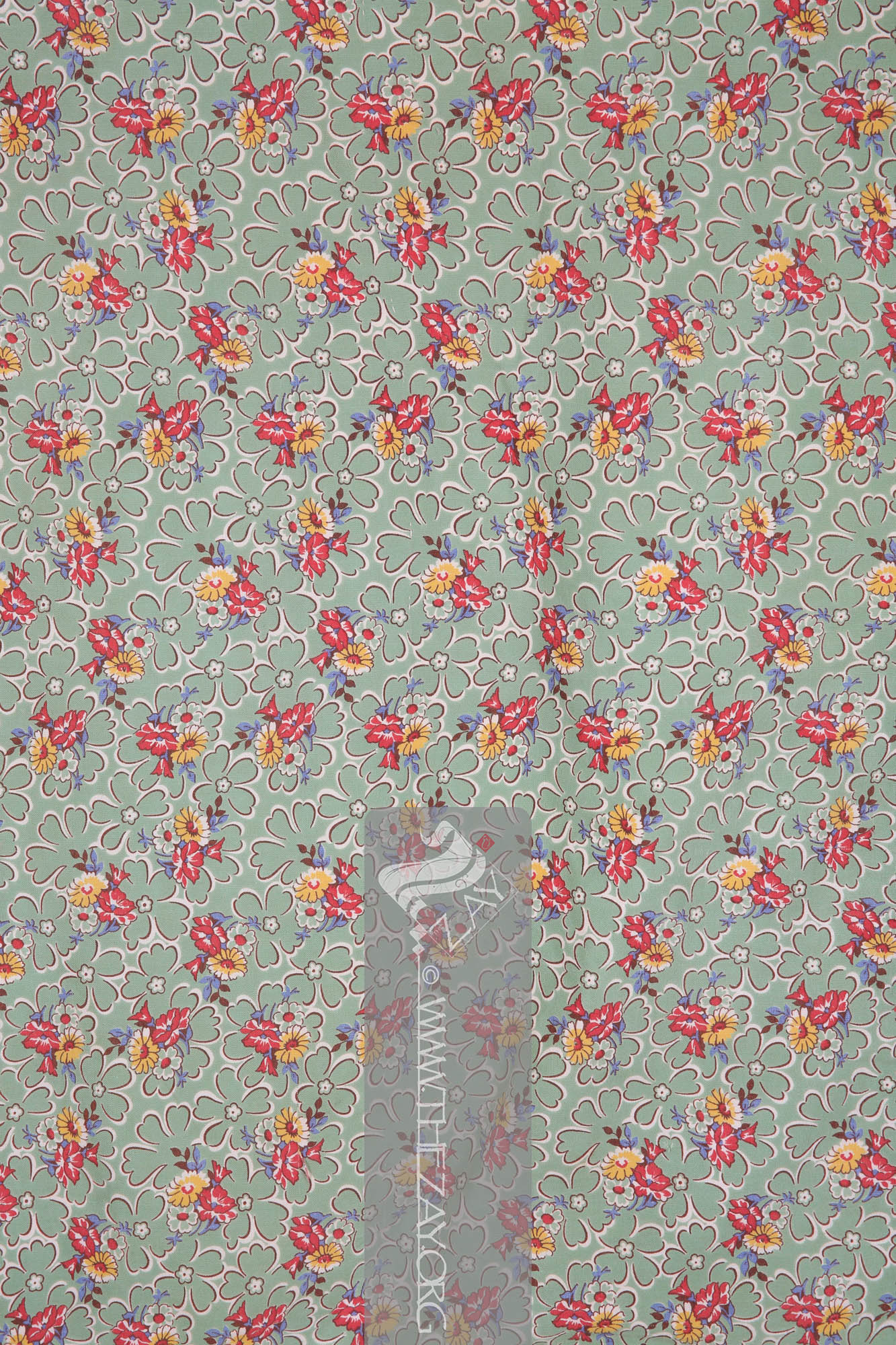








| Local Name | Baqjeh |
| Object Category | Accessory |
| Gender | Female |
| Date of object | c. 1983 |
| Place Of orgin | Iraq |
| Region | Iraq |
| Object Range | Kazakhstan, Turkmenistan, Tibet, Afghanistan, Iran, Uzbekistan, Kyrgyzstan, Tajikistan, Armenia, Azerbaijan, Georgia, Türkiye, Syria, Lebanon, Palestine, Jordan, Iraq, Bulgaria, Romania, Macedonia, Greece et al |
| Dimensions | Length: 82 cm Width: 85 cm |
| Materials | Cotton |
| Technique | Print Hand Stitched Machine Stitched |
| Color | |
| Motif | Floral Geometric |
| Provenance | - |
| Location | The Zay Zay: (Arabic: costume, Pl. azyaā’), a set of clothes in a style typical of a particular country or historical period. Initiative |
| Status | In Storage |
| ZI number | ZI1983.500818 IRAQ |
Object Features
This is ceremonial bridal kerchief bag (Baqjeh
Baqjeh: (Possibly Turkoman: bokcheh
Bokcheh: (Possibly Turkoman: an envelope like bag for bread; Synonym: baqjeh), a square-shaped fabric, adorned and folded into an envelope style bag, commonly present in bridal trousseaus across the Mediterranean and Central Asian regions. Originating from Turkic tradition, it has been embraced in the Mediterranean and Levant Arab world.
The largest panel is the central panel printed with repats of floral and foliage patterns in a range of colours – red, yellow, blue, and black – over a green base. Two panels of almost identical size are attached to the central large panel one on each side.
While one has repeats of red floral motifs in a red rhomboidal cartouche separated by rows of blue, green and yellow floral motifs arranged in a single queue crisscrossing one another over an ivory background, the other panel has an overall net of scallop or fish scale pattern in blue over an ivory base, with repeats of floral motifs in shades of blue and foliage patterns in green and red.
Two thinner panels, one with rows of straight lines in a range of colours – pink, lavender, blue, brown and yellow – over an ivory base, and another with repeats of green and red floral and blue foliage patterns over an ivory base, are also used in thin strips.
The underside of the Baqjeh
Baqjeh: (Possibly Turkoman: bokcheh
Bokcheh: (Possibly Turkoman: an envelope like bag for bread; Synonym: baqjeh), a square-shaped fabric, adorned and folded into an envelope style bag, commonly present in bridal trousseaus across the Mediterranean and Central Asian regions. Originating from Turkic tradition, it has been embraced in the Mediterranean and Levant Arab world.
Links